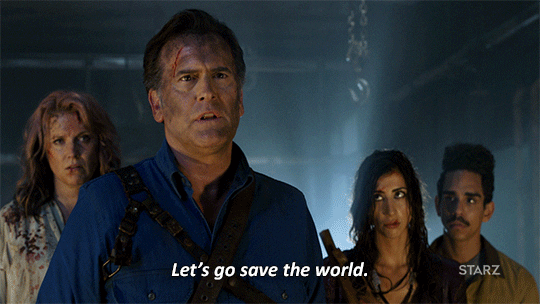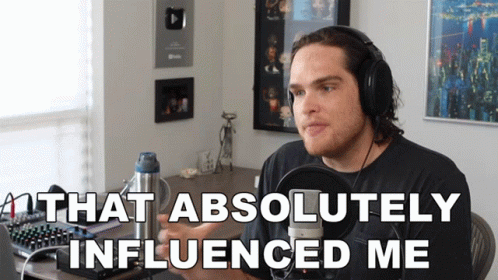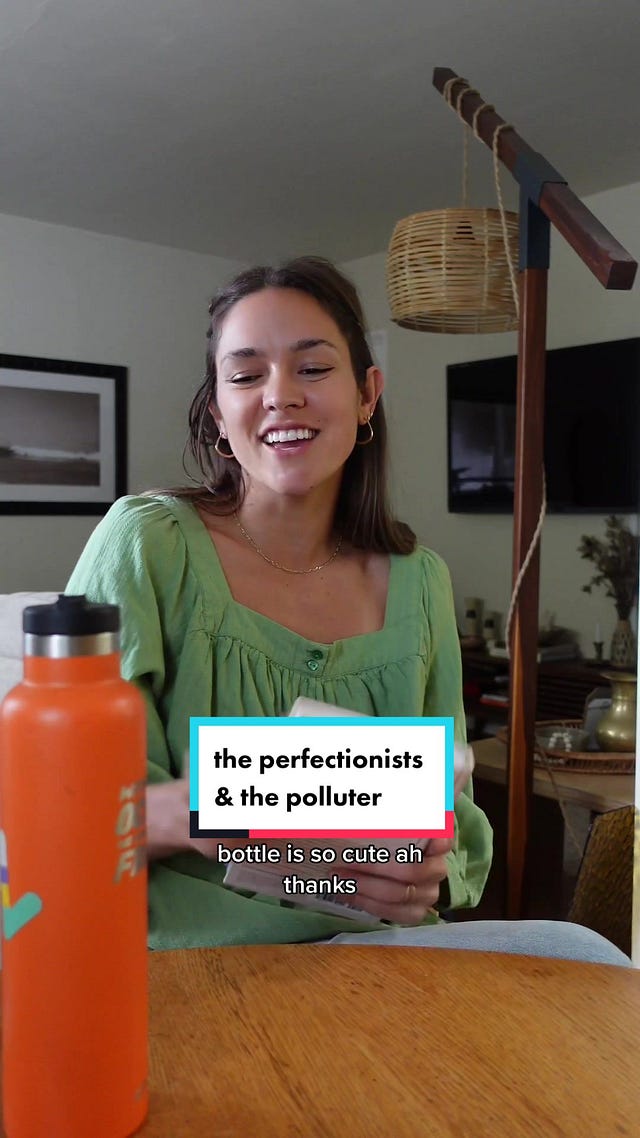🧑🎤 3 Steps for Successful Green Influencer Marketing
Green influencers are changing behavior in the long term, especially among younger generations. Why and how marketing can take advantage of this - with my own checklist for a green influencer strategy
Hi 👋 I’m Florian Schleicher. This is the FutureStrategies newsletter of FUTURES. Thank you so much for reading along 💚 If you want to learn strategic marketing from me, then my Simple & Sustainable Marketing Academy is the perfect fit for you.
Nowadays, sustainability is a huge topic and the Triple Bottom Line has become an indispensable concept. Social justice, ecological protection, and economic success are in harmony here.
Green influencers take this particularly to heart.
They are individuals who share content on social media with a focus on environmental protection, sustainability, and green lifestyles. These influencers champion environmental issues and influence their community to make environmentally friendly choices.
They do this by raising awareness and explaining grievances, making recommendations for change, or providing how-to articles. Their goal?
To bring about lasting positive change in the world.
This in turn also offers potential for companies, because if they make the most of this influencer stage, they can also live out their social responsibility and authentically reflect it.
Why is this so important for companies, and especially in marketing?
In recent years, we have been feeling the consequences of the climate crisis more and more. Entire continents are facing heat waves.
“Heat Waves Grip 3 Continents as Climate Change Warms Earth.”
We are confronted with headlines like these all over the world. Whether we look at Asia, America, or Europe - everyone is struggling with the climate crisis.
“Climate, as you know, is a global issue, not a bilateral issue. It’s a threat to all of humankind.”
So today I would like to give you a little insight into the world of green influencers.
In essence, I am concerned with these topics:
Why the focus is on behavioral change
Potential of Gen Z and Y for brands
How green influencers influence sustainable consumer behavior
Three inspiring examples
My checklist: The ideal green influencer strategy in 3 steps
🔀 People don't like to change
Even if we know for the most part that we need to change our behavior sustainably, why do we act differently? I have already written about this in detail here.
The good news is that we can still take these headlines as sad and serious warning signs. Because we can still stop the climate crisis.
Governments and NGOs have already passed many regulations and laws to ensure a sustainable future. But it doesn't just require instructions from above, but also individual insight and individual action within a community.
This is where the phenomenon of the Attitude Behavior Gap or, as I described in this article, the Big Disconnect comes into play.
There is a demonstrable gap between a human attitude and measurable and recognizable behavior. Actual behavior is influenced by individual, social, and situational factors.
The result: consumers tended to exaggerate their answers about their sustainable and ecological consumer behavior. In the Green Index, the percentage of study participants who describe themselves as "green" is 56%, whereas the number of actual "green" buyers is only 34%.
So, on the one hand, we need global awareness of the climate change that is attributable to our human behavior.
On the other hand, we must learn to produce, manage, and consume more sustainably. Or to put it more generally: to live more sustainably.
📱Potential of Gen Z and Y for brands
If we look at all generations in comparison, we can see that sustainability awareness grows with each new generation.
The focus here is on two generations: Gen Z and Gen Y.
By 2025, Gen Z will make up 25% of the world's population. It is also known as the TikTok generation. There are therefore brands that focus their products solely on this group, and rightly so.
In addition to Gen Z, millennials (Gen Y) are also focusing on sustainability awareness. As early as 2015, 73% of the millennial generation were prepared to spend more on sustainable products. It is therefore becoming increasingly important in marketing to understand how best to reach them.
Consumers want to buy products that tell stories. A survey shows that 80% of Gen Z have already bought a product that they have seen on social media. And authenticity rules here: they want products from brands that are authentic and honest.
And that brings us to the core topic: influencer marketing offers the perfect way to engage in storytelling and convey messages authentically.
Influencers are close to their target group. They usually accompany their audience like friends and integrate them into their everyday lives. They convince through closeness, gain the trust of their audience in return, and encourage people to buy or take an intended action through personal (product) recommendations.
“People can break through the noise. People trust people. Influence is about relationships.”
Ty Heath, B2B Marketer, Author & Speaker
Influencers have a specific target group through the relationships they create and this target group shares the same values and attitudes.
This enables them to give their target group a feeling of social recognition. This plays a decisive role when it comes to influencing consumer behavior. Because if the influencers use or endorse a product, social recognition can lead to a fear of missing out among the target group if they do not have the product or service.
To prevent this, they buy the product or carry out the desired action.
The power of influence is therefore huge.
🌍 Sustainable consumer behavior and green influencers
Influencers have also recognized that sustainable consumer behavior is no longer just desirable behavior, but that it is necessary to create a livelihood for future generations.
This insight has given rise to a new trend: Green Influencer.
“In a way social media has transformed in the last year as not just a space for selfies and blogs but a space to organise and educate one another, which I think in the climate space is really exciting.”
Jack Harries, filmmaker, producer, environmentalist
Green influencers (often also called greenfluencers) specialize in sustainable products or services and promote them on social media. Be it by publicizing and supporting sustainable brands, promoting environmental activism, or raising awareness of the climate crisis. At their core, however, they are all characterized by a love of the environment, nature, and social justice.
According to a study by the University of Erfurt within Gen Z, meaningful influencers manage to benefit from a higher level of credibility than "normal influencers".
Why?
1️⃣ They are authentic.
2️⃣ They exemplify what they stand for.
3️⃣ They tell stories.
4️⃣ They raise awareness of problems and shortcomings.
5️⃣They share successful milestones.
In this way, greenfluencers can get us to change our behavior, even if it is difficult for us.
This is also proven by another study, in which 78% of respondents stated that they had already been inspired by influencers to adopt more environmentally friendly practices.
Green influencers are acting as catalysts for environmental change and helping their audiences to make their lifestyles more sustainable.
☘️ 3 inspiring green influencers
So who are the people behind this term?
Here are three examples of greenfluencers that I appreciate myself and who produce great content:
🌍 Jack Harris is the face of the successful YouTube channel "Earthrise" (formerly JacksGap), which focuses on films about the climate crisis, forced migration, and mental health.
With high-quality video content, knowledge is imparted, and sympathetic stories are told by people living on the front line of the climate crisis to help them understand that it is already a matter of life and death for millions and millions of people around the world.
♻️ Liam Carpenter (alias Liam Carps) uses TikTok, for example, to discuss the extremely complex system of waste separation in Germany in a humorous, Oppenheimer-style manner. As a result, he has already reached more than 2 million people on TikTok alone. In my opinion, this is a very nice way of using entertaining videos to draw attention to an important topic in the area of sustainability.
 Tiktok failed to load.
Tiktok failed to load.Enable 3rd party cookies or use another browser
Lauren Bash (alias ReLauren) uses her outreach to educate others about the climate and global waste crisis, inspiring solutions and action. Her content is a mix of humor and sustainability, sketches, recipes, and educational content centered around the principles of climate action and community. Their prefix "Re" refers to the themes of regeneration, reuse, reciprocity, renewal, and repair.
✅ Checklist: The right green influencer strategy
Now that we know why green influencers are important, we come to the last question: How can companies manage to use suitable, authentic green influencer communication in marketing?
A good strategy always consists of three parts: The diagnosis, guidelines, and actions. We need to understand our target group and initial situation, we need clear goals and we can then determine how we can achieve both.
I have created a small checklist for the selection of greenfluencers
☑️ Diagnosis: We identify green influencers whose thematic focus, visual language, platforms, community, and goals match our target group.
☑️ Guidelines: We know the KPIs of the green influencers and have set ourselves targets that are in line with our strategic marketing orientation.
☑️ Actions: We agree on cooperation with clearly defined mutual expectations and a creative approach that can change behavior in our target group.
Do you want to set up your marketing strategy for long-term success? That's exactly what I specialize in at FutureS.
Simply contact me directly here or take a look at who we work for.
Anyone who knows me knows that sustainability is at the heart of what I do and what drives me. That's why I always interview marketing experts from companies and ask them about their approach.
For example, the company RECUP. Head of Brand and Relations Johanna Perret has already spoken to me in the podcast about the importance of purpose in marketing, for example.
I have also already spoken to Yvonne Haider-Lenz, Head of Marketing at Austrian mineral water producer Vöslauer. The company has recognized that holistic action in terms of sustainability is essential in order to continue fulfilling its corporate purpose in the future. That is why sustainability is also essential in their marketing mix.
(Podcast is in German only)
What they all have in common is that they started with a clear understanding of their initial situation and knowledge of their target group - in short: a clear diagnosis.
This is the starting point of every good greenfluencer and marketing project.
Feel free to write it in the comments, I'm curious!
Thanks for reading along.
PS: You can also read this posting in German.







